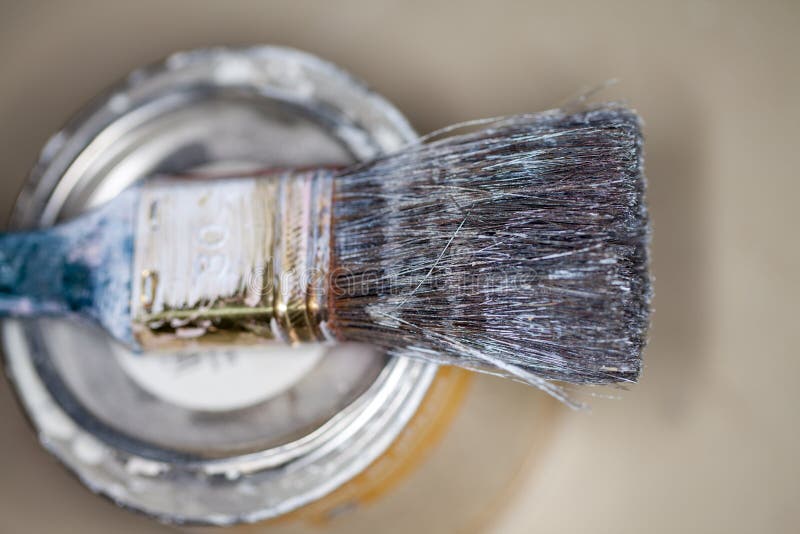
Hard (stiff) brushes are made with deer, wolf, or horse hair and will hold their shape when being used: (#1) long, thin stiff brush-good for branches and line work (#2) same as #1 but with more hair-good for the bird’s wings and tails (#3) fine-tip small detail brush made with wolf hair-good for painting the bird’s beak and feet. I use a combination of small- and medium-sized brushes (4). After the bisque firing, wipe down the surface with a clean, damp sponge and then glaze the interior of the mug with a yellow salt glaze.

Assemble and prepare the parts of the mug for bisque firing. Once impressed, place a rectangular template on the slab, use a rib tool to smooth over any unwanted texture to create a blank space for painting (3), then cut around the inside of the template. To prevent the clay from sticking to the textured mat, dust a light coating of cornstarch onto the mat (2). I have a collection of commercially made textured mats and some that I’ve carved myself using soft blocks of lino material (1). Once you have a design in mind, use a textured mat to impress a pattern onto the slab. Throughout the process, I consider where my impressed design will go, the layout of my Chinese brush painting, how I’m going to spray the slip glaze to achieve the texture I want, and any final touches that need to be applied. At this point, I’m already thinking about the shape of my mug and how I’m going to design the surface on it. To make a mug, roll out a slab between two ¼-inch-diameter dowels. The soda firing becomes another brush to layer texture and background onto my work. I am inspired by the endless possibilities and challenges of painting with flames-the decorative effects created by the flames, added flux, and ventilation in the kiln. In my current exploration, I seek to find balance between Chinese brush painting and the atmospheric effects of soda firing. By using decorative surface techniques like scribing, impressing, and Chinese brush painting, I layer and weave these auspicious and inspirational meanings into my work. The symbols and motifs seen in Chinese artwork are not merely decorative but represent hidden meanings that convey good wishes.įor example, images of the lotus flower bestow harmony and peace bamboo represents longevity and vitality pomegranates symbolize prosperity and abundance cranes represent longevity and well-being and birds bring happiness with their songs. Using nature as my inspiration, I infuse Chinese meaning into my pieces by celebrating the symbolism behind particular animals, plants, and flowers. I chose to focus on a few strokes to bring my birds, flowers, and plants to life Using more than just lines, Chinese brush painting is a free-hand style that focuses on the expression of shade, texture, and dotting methods. I learned that brush strokes are a reflection of your heart and spirit, naturally flowing from your hand to the paint brush onto the paper. Growing up in Hong Kong, I practiced Chinese brush painting and calligraphy at a very young age. Pottery Making Illustrated Submission Guidelines.Pottery Making Illustrated's Print Mailing Schedule.Ceramics Monthly's Print Mailing Schedule.Workhouse Clay International ICAN Merit Award.ICAN Making a Difference in Ceramics Award.

Annual National K-12 Ceramic Exhibition Award.


 0 kommentar(er)
0 kommentar(er)
